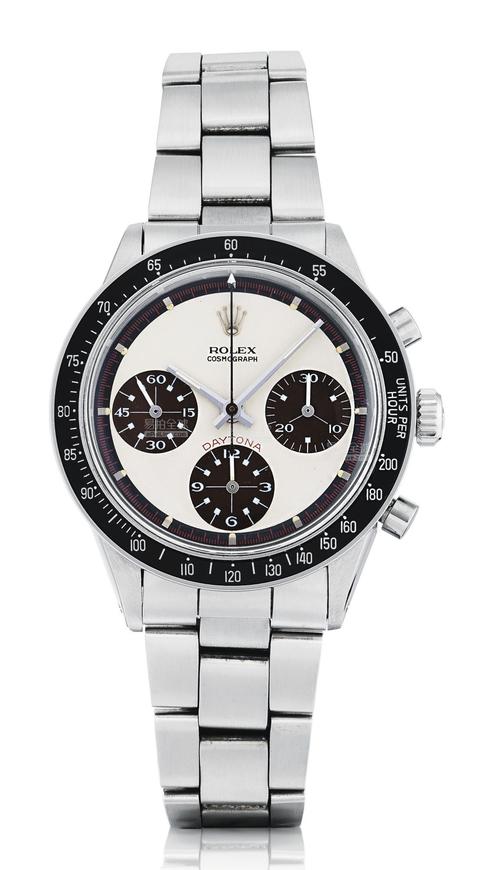In the world of watches, the caseback is the part of the watch that covers the back of the case. It can be sealed with screws, a pressfit mechanism, or be transparent to allow a vi...
In the world of watches, the caseback is the part of the watch that covers the back of the case. It can be sealed with screws, a pressfit mechanism, or be transparent to allow a view of the movement. Whether a watch needs a caseback or not depends on various factors, including the type of watch and its intended use.
Reasons for a Caseback:
- Protection: The caseback helps protect the internal components of the watch, such as the movement, from dust, moisture, and external elements.
- Sealing: A sealed caseback can improve water resistance, making the watch suitable for activities like swimming or diving.
- Decoration: Some casebacks feature intricate designs, engravings, or transparent windows to showcase the movement, adding aesthetic value to the watch.
- Engraving: Casebacks are often used for engraving logos, serial numbers, or personal messages, adding a personal touch to the timepiece.

Reasons Against a Caseback:
- Simplicity: Some watches, especially those with simple designs or digital displays, may not require a caseback for their functionality.
- Weight: Removing the caseback can reduce the overall weight of the watch, making it more comfortable to wear, especially for sports or fitness activities.
- Visibility: Watches with transparent casebacks allow the wearer to admire the inner workings of the movement, enhancing the user experience.
Conclusion:
In conclusion, while not all watches require a caseback, it serves essential purposes such as protection, sealing, and decoration for many timepieces. The decision to have a caseback or not depends on the design, intended use, and aesthetic preferences of the watch wearer. Ultimately, whether a watch needs a caseback is a matter of functionality, style, and personal preference.
上一篇:苹果手机坏了手表能发信息吗
下一篇:牡丹图案素材
相关文章








